Ensuring your baby sleeps safely and comfortably is crucial. Proper sleepwear can make a big difference.
Babies need the right clothing for a good night’s sleep. Dressing your baby correctly helps regulate their body temperature and ensures they rest soundly. Overheating or being too cold can disrupt their sleep. This guide will help you choose the best sleepwear for your baby.
From fabric choices to safety tips, we cover all the essentials. Keep reading to learn how to create a cozy and safe sleep environment for your little one.
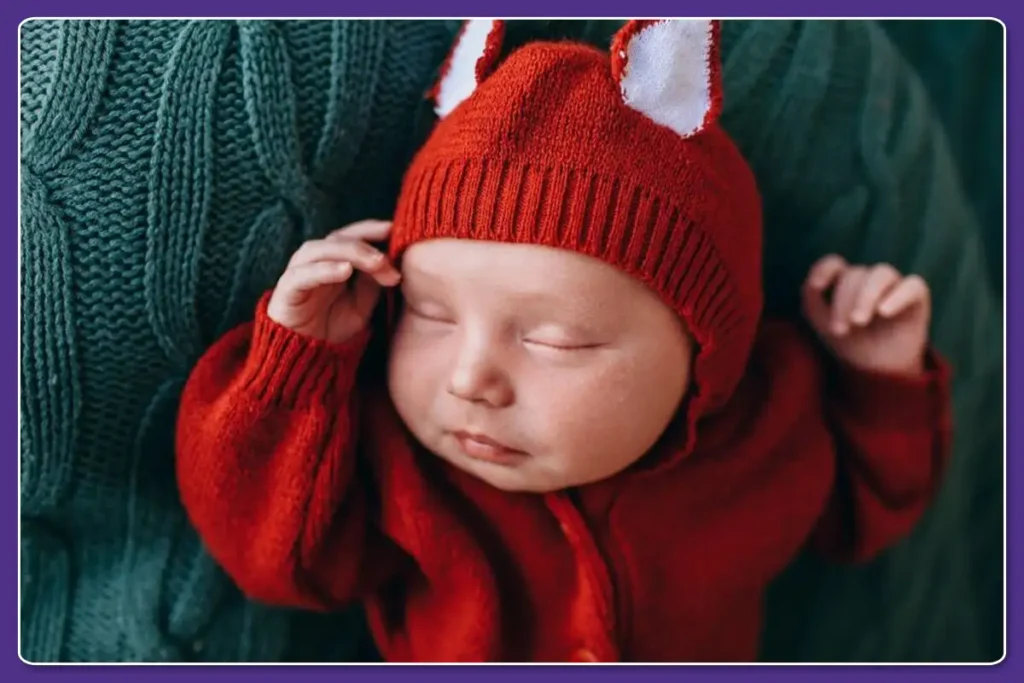
Choosing The Right Sleepwear
Choosing the right sleepwear for your baby ensures their comfort and safety. Babies need to sleep comfortably to have a restful night. What they wear plays a big role in this. Let’s explore how to select the best sleepwear for your little one.
Fabric Options
The fabric of your baby’s sleepwear is very important. Choose soft, breathable materials to keep your baby comfortable.
- Cotton: Cotton is soft and breathable. It helps in keeping the baby cool and comfortable.
- Bamboo: Bamboo fabric is hypoallergenic and very soft. It is great for sensitive skin.
- Fleece: Fleece is warm and perfect for cold weather. It keeps your baby warm during winter nights.
Seasonal Considerations
Different seasons require different sleepwear to keep your baby comfortable.
| Season | Recommended Sleepwear |
|---|---|
| Summer | Lightweight cotton pajamas or onesies. Make sure they are breathable. |
| Winter | Warm fleece pajamas or sleep sacks. Layer with a cotton onesie if needed. |
| Spring/Fall | Long-sleeve cotton pajamas. Consider adding a light blanket. |
Ensure the sleepwear fits well. Avoid anything too loose or too tight. Check for comfort and ease of movement. This helps your baby sleep soundly through the night.
Safety Guidelines
Ensuring your baby’s safety during sleep is crucial. Following specific guidelines helps reduce risks and keeps your baby comfortable. Here are some key safety tips to consider when choosing sleepwear for your baby.
Avoiding Overheating
Overheating is a serious concern for babies. It can increase the risk of Sudden Infant Death Syndrome (SIDS). To avoid overheating:
- Dress your baby in light sleepwear. Choose breathable fabrics like cotton.
- Maintain a room temperature between 68-72°F (20-22°C).
- Avoid heavy blankets and quilts. Instead, use a sleep sack or wearable blanket.
Reducing Sids Risk
Reducing the risk of SIDS is essential for your baby’s safety. Follow these tips:
- Always place your baby on their back to sleep.
- Use a firm mattress with a fitted sheet. Avoid soft bedding and pillows.
- Keep the crib free of toys, bumpers, and loose bedding.
- Consider using a pacifier during naps and bedtime.
By following these guidelines, you can help ensure your baby sleeps safely and soundly.
Layering Techniques
Ensuring your baby sleeps comfortably requires the right layering techniques. Proper layering keeps your baby warm without overheating. It helps your baby sleep peacefully through the night.
Base Layers
Base layers are the first step in keeping your baby cozy. Choose soft, breathable fabrics like cotton. These materials help regulate body temperature.
- Onesies: Perfect for warmth and comfort.
- Sleepsuits: Ideal for colder nights.
- Footed Pajamas: Keep feet warm without socks.
Avoid synthetic materials. They can cause irritation and discomfort. Ensure the base layer fits snugly but not too tight.
Outer Layers
After the base layer, add an outer layer. This layer traps heat and provides extra warmth.
- Swaddle Blankets: Great for newborns, they mimic the womb’s coziness.
- Sleep Sacks: Safe and practical, they prevent loose blankets.
- Wearable Blankets: Offer warmth without restricting movement.
Choose the outer layer based on room temperature. Use a lighter layer for warmer rooms. Use thicker, insulated layers for colder rooms.
Always check your baby’s temperature. Feel their neck or chest to ensure they are not too hot or too cold.
| Room Temperature | Base Layer | Outer Layer |
|---|---|---|
| Over 75°F (24°C) | Light Onesie | Light Sleep Sack |
| 70-75°F (21-24°C) | Cotton Onesie | Cotton Sleep Sack |
| 65-70°F (18-21°C) | Sleepsuit | Fleece Sleep Sack |
| Below 65°F (18°C) | Footed Pajamas | Insulated Sleep Sack |
By following these layering techniques, you ensure your baby sleeps soundly and safely. Remember, a comfortable baby is a happy baby.
Sleep Sacks And Swaddles
Ensuring your baby is comfortable and safe during sleep is crucial. Sleep sacks and swaddles are popular options. They provide warmth and security. Both have their unique advantages. Let’s explore their benefits and when to use them.
Benefits Of Sleep Sacks
Sleep sacks are wearable blankets. They keep your baby warm without the risk of loose blankets. This reduces the risk of SIDS (Sudden Infant Death Syndrome).
- Safety: No loose blankets that can cover the face.
- Comfort: Provides consistent warmth throughout the night.
- Ease of use: Simple to put on and take off.
- Mobility: Allows babies to move their legs and arms.
Sleep sacks come in various materials. Choose one based on the season. Cotton for summer. Fleece for winter. Ensure it fits well. Not too loose or tight.
When To Swaddle
Swaddling is the practice of wrapping babies in a blanket. It mimics the womb. Swaddling helps newborns feel secure. Reduces startle reflex.
- Use for newborns up to 3 months.
- Ensure baby’s hips can move to prevent hip dysplasia.
- Stop swaddling once baby starts to roll over.
There are various swaddling techniques. Traditional swaddle blanket. Velcro swaddle wraps. Choose what works best for your baby. Always ensure the swaddle is snug but not too tight.
Common Mistakes To Avoid
Ensuring your baby is comfortable and safe during sleep is crucial. Many parents unknowingly make mistakes that can affect their baby’s sleep quality and safety. Understanding these common mistakes can help you make better choices for your baby’s sleepwear.
Overbundling
Overbundling is a common mistake. Many parents think their baby will be cold and add too many layers. This can cause overheating, which is dangerous for babies. Babies cannot regulate their body temperature as well as adults.
Signs of overheating:
- Red or flushed cheeks
- Sweating
- Rapid breathing
To avoid this mistake, dress your baby in light layers. Use breathable fabrics like cotton. Keep the room temperature between 68-72°F (20-22°C).
Loose Blankets
Loose blankets in the crib are a safety hazard. They can cover your baby’s face and cause suffocation. This is why many experts recommend using a sleep sack or wearable blanket instead.
Alternative options:
- Sleep sacks
- Wearable blankets
- Swaddles for younger babies
These options keep your baby warm without the risk of loose blankets. Ensure the sleepwear fits snugly but not too tight. Always place your baby on their back to sleep.
By avoiding these common mistakes, you can help ensure your baby sleeps safely and comfortably.
Temperature Control
Temperature control is crucial for your baby’s comfort and safety during sleep. Ensuring the right temperature helps prevent overheating or chilling. This section will guide you on how to maintain the perfect sleep environment for your baby.
Room Temperature
The ideal room temperature for a sleeping baby is between 68 and 72 degrees Fahrenheit. Maintaining this temperature range can help ensure your baby sleeps comfortably and safely.
Use a room thermometer to check the temperature. Place it at the baby’s sleep level, away from windows and direct sunlight.
| Temperature | Action |
|---|---|
| Below 68°F (20°C) | Add extra layers or use a sleep sack. |
| 68-72°F (20-22°C) | Ideal temperature. Use light sleepwear. |
| Above 72°F (22°C) | Use lightweight clothing or a onesie. |
Monitoring Baby’s Temperature
Regularly monitor your baby’s body temperature to ensure they are not too hot or too cold. You can do this by feeling their neck or back.
- Warm skin indicates overheating. Remove a layer.
- Cool skin suggests your baby may be cold. Add a layer.
A baby monitor with a temperature sensor can be helpful. It alerts you to any significant changes in room temperature.
- Dress your baby in breathable fabrics like cotton.
- Avoid heavy blankets or quilts.
- Consider using a sleep sack for added warmth without the risk of loose bedding.
Maintaining proper temperature control is essential for your baby’s safe and comfortable sleep. Follow these tips to ensure your baby sleeps soundly through the night.
Special Considerations
Choosing the right sleepwear for your baby is crucial. Special considerations must be taken into account for certain groups of babies. Let’s explore these considerations in detail.
Premature Babies
Premature babies need extra care and attention. Their skin is more sensitive, and they can get cold quickly. Dressing them in soft, breathable fabrics like cotton is essential. Avoid using clothes with too many fasteners or zippers. They can irritate the baby’s skin.
Consider using a sleep sack. It keeps them warm without the risk of loose blankets. Always check the room temperature. Premature babies need a slightly warmer room, around 24 degrees Celsius.
Babies With Allergies
Babies with allergies need special sleepwear. Choose clothes made from organic cotton. They are free from harmful chemicals. Avoid synthetic fabrics. They can cause skin irritation and worsen allergies.
Here is a simple table to guide you:
| Fabric Type | Suitability |
|---|---|
| Organic Cotton | Highly Suitable |
| Synthetic Fabrics | Not Suitable |
Also, wash new clothes before use. Use a mild, hypoallergenic detergent. Avoid fabric softeners. They contain chemicals that can trigger allergies.
Always check for loose threads or small parts that can be choking hazards. Safety is key.
Practical Tips For Parents
Ensuring your baby sleeps safely and comfortably is essential. Knowing what your baby should wear to sleep can be challenging. To help, we’ve compiled practical tips for parents. These tips cover creating a nighttime routine and checking your baby’s comfort.
Nighttime Routine
A consistent nighttime routine helps your baby feel secure. Start with a warm bath. This can relax your baby and signal bedtime. After the bath, dress your baby in soft, breathable pajamas. Avoid clothing with zippers or buttons that could irritate the skin.
Swaddling can also promote better sleep. Swaddle your baby snugly, but not too tight. Ensure the legs can move freely. For older babies, a sleep sack is a good option. It keeps them warm without the risk of loose blankets.
Next, create a calm environment. Dim the lights and play soft music. This helps your baby associate these cues with sleep. Finally, put your baby to bed while they are drowsy, but not fully asleep. This helps them learn to fall asleep on their own.
Checking Baby’s Comfort
Your baby’s comfort is crucial for a good night’s sleep. Check the room temperature. It should be between 68-72°F (20-22°C). Use a thermometer if needed. Dress your baby appropriately for the room temperature.
Here’s a simple table to guide you:
| Room Temperature | Baby’s Clothing |
|---|---|
| Below 68°F (20°C) | Long-sleeve onesie, swaddle or sleep sack |
| 68-72°F (20-22°C) | Short-sleeve onesie, swaddle or sleep sack |
| Above 72°F (22°C) | Light onesie or just a diaper |
Regularly check your baby’s neck and chest. They should feel warm but not sweaty. If they are too hot, remove a layer. If too cold, add a layer. Avoid hats or heavy blankets in the crib. These can cause overheating and are a safety risk.
Cotton and other natural fabrics are best. They are breathable and gentle on the skin. Avoid synthetic materials that can cause overheating.
Following these tips can help ensure your baby sleeps comfortably and safely. A good night’s sleep is vital for your baby’s growth and development.
Frequently Asked Questions
A baby should wear breathable, snug-fitting sleepwear. Opt for cotton pajamas or a sleep sack. Avoid loose blankets.
Yes, onesies are safe and comfortable for babies. Ensure they are snug-fitting and made from breathable fabric.
Dress your baby in layers during winter. A cotton onesie and a sleep sack or wearable blanket are ideal.
Babies can sleep in just a diaper if the room is warm. Ensure the room temperature is between 68-72°F.
Conclusion
Choosing the right sleepwear for your baby is crucial. Prioritize comfort and safety. Opt for breathable fabrics to prevent overheating. Ensure the fit is snug but not tight. Always check for loose buttons or decorations. Use sleep sacks or wearable blankets for added warmth.
Avoid thick blankets which can pose risks. Regularly monitor room temperature. Your baby’s peaceful sleep depends on these careful choices. Remember, safe sleepwear promotes healthy rest.
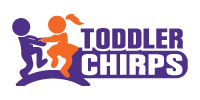

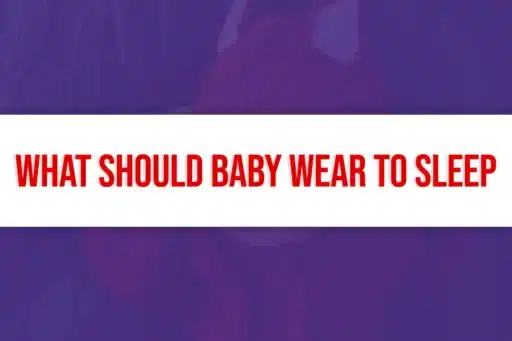
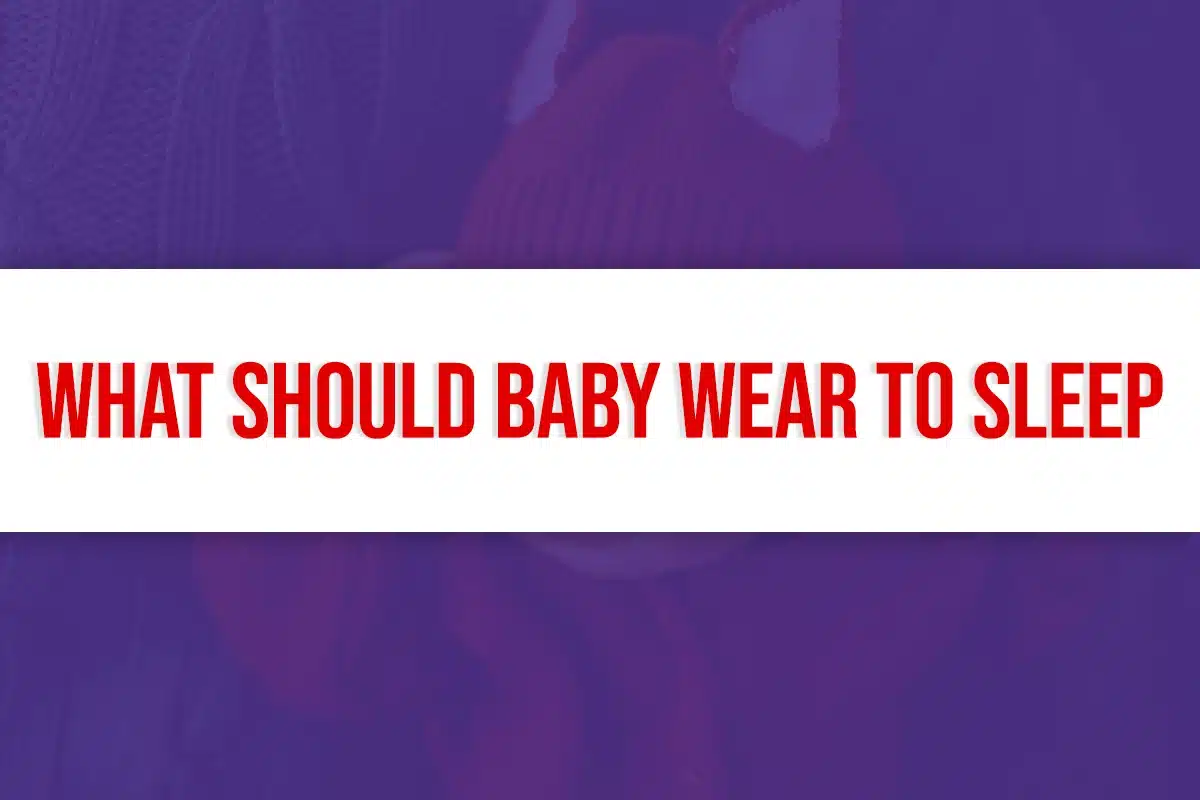



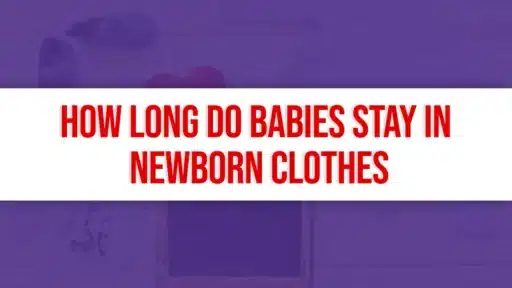
Comments are closed.